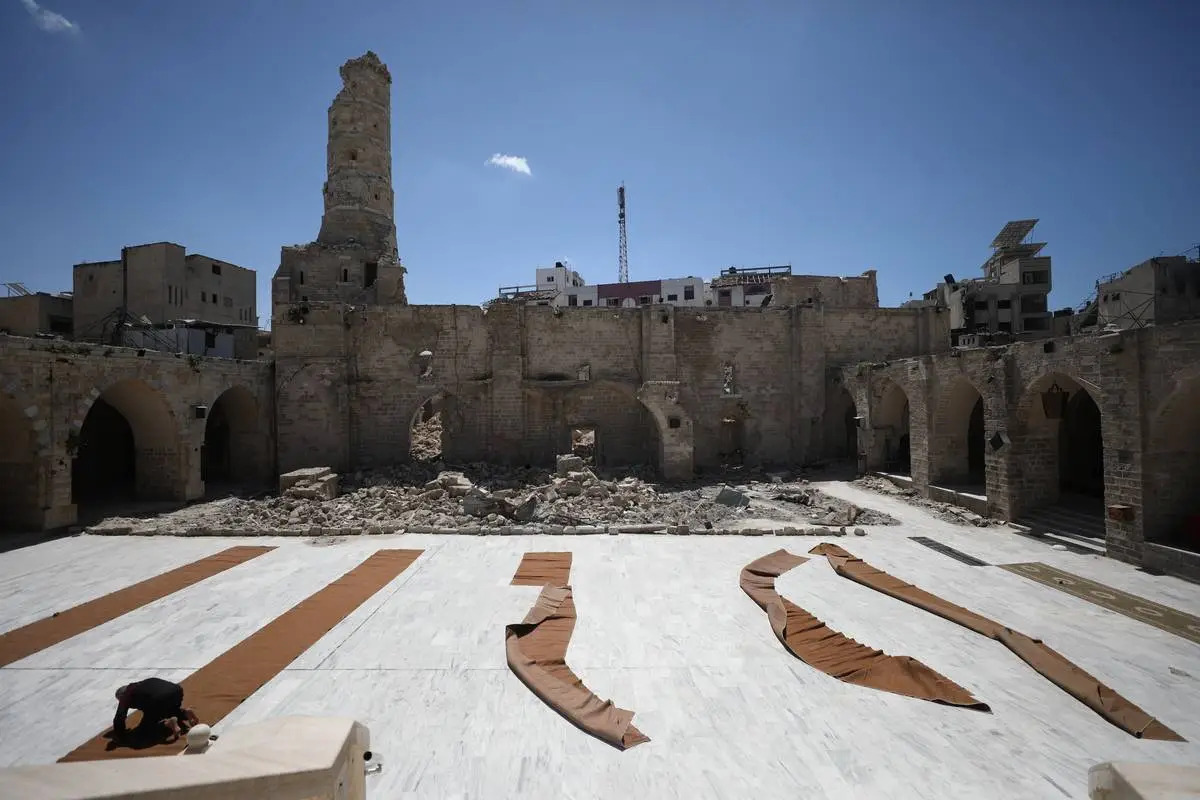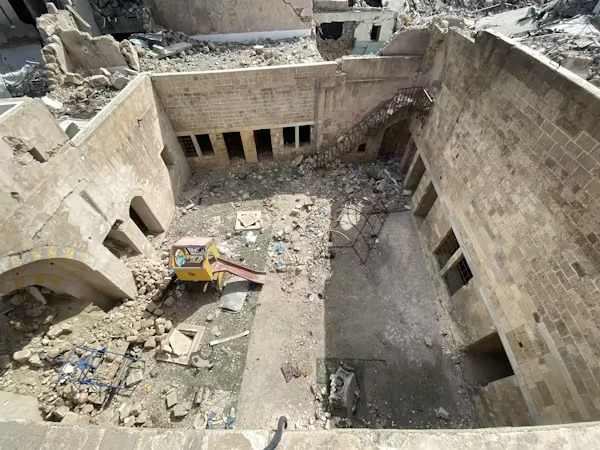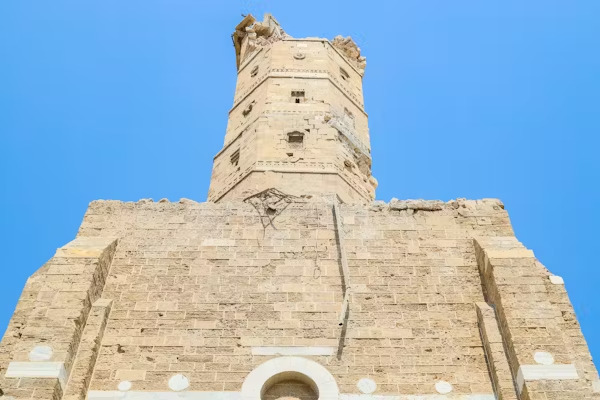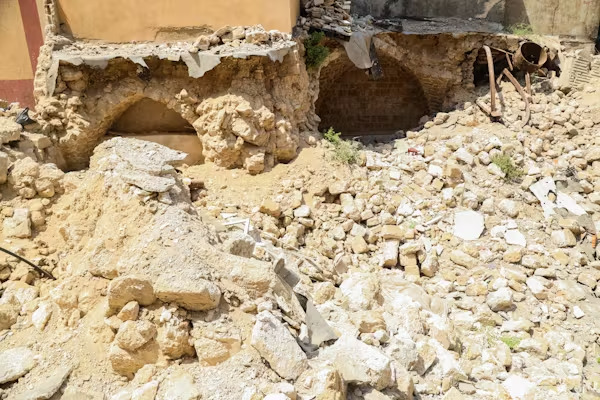Cultural Genocide in Gaza: The Systematic Destruction of Over 206 Priceless Heritage Sites Amid Conflict at the Hands of Israel
Gaza, a historic crossroads for civilizations such as the Canaanites, Romans, Egyptians, Ottomans, is experiencing cultural genocide. Preliminary estimates reveal that Israel’s actions have destroyed half of city’s invaluable historical sites

The ongoing conflict in Gaza has not only led to a staggering loss of human life but has also caused irrevocable damage to the region's cultural heritage. The destruction of 206 archaeological and heritage sites in Gaza, as revealed by Palestinian officials, depicts a systematic erasure of history amidst war.
These sites, many dating back to the Phoenician and Roman eras and others as recent as 400 years ago, have been targeted by Israeli military actions, according to Ismail Thawabteh, head of Gaza’s Government Media Office.
Gaza, a region with a rich and ancient history dating back to the 15th century BC, has been home to diverse civilizations, including the Canaanites, Egyptians, Assyrians, Romans and Greeks, among others.
Strategically located on the eastern Mediterranean coast, it has long been a cultural and commercial hub, sitting at the crossroads of significant trade routes such as the Via Maris, which linked Egypt to Damascus. The region's legacy reflects a blend of influences from its many inhabitants over millennia, making it a vital historical and cultural landmark.
 Central courtyard of Hathat palace
Central courtyard of Hathat palaceThawabteh emphasized, “Palestinian archaeological and heritage sites were not spared from destruction, vandalism, looting and theft by the Israeli occupation army.” The deliberate targeting of these sites, including landmarks like the Great Omari Mosque, the Byzantine Church in Jabalia, and the Saint Porphyrius Church, represents, in his words, “a systematic strategy to obliterate the Palestinian identity.”
This destruction is part of a broader cultural genocide, as accused by South Africa in a lawsuit at the International Court of Justice. The lawsuit stated, “Israel has damaged and destroyed numerous centers of Palestinian learning and culture.”
The scale of this destruction goes beyond the physical; it signifies an attempt to dismantle the historical and cultural essence of a region that has been a melting pot of civilizations, from Egyptian pharaohs to the Ottomans.
 Damaged minaret of the Great Omari mosque
Damaged minaret of the Great Omari mosque
The Great Omari Mosque, a symbol of Gaza’s Islamic history, has suffered severe damage, as has the Al-Saqqa House, a 400-year-old architectural marvel. Other sites, such as the Byzantine cemetery of Blakhiya and the Sayed al-Hashim Mosque, are now ruins amidst the ongoing siege.
The destruction is not confined to specific landmarks. The historic core of Gaza, including areas like Khan Yunis, has been devastated, with structures such as the Hathat Palace and Al-Samara bathhouse bearing the brunt of military strikes.
These losses highlight the vulnerability of Gaza’s cultural heritage, which had already been underfunded and neglected due to decades of economic and land pressures, even before the current escalation.
Efforts to document the damage, led by the Centre for Cultural Heritage Protection (CCHP) in partnership with universities and local organizations, have faced significant challenges. Limited access to sites due to ongoing conflict, environmental contamination, and even outdated satellite imagery have hampered comprehensive assessments.
Nonetheless, preliminary findings estimate that around 50% of Gaza’s heritage sites have sustained damage, with many near-demolished.
 Remains of the Al-Samara bathhouse
Remains of the Al-Samara bathhouse
Despite the staggering losses, heritage experts remain determined to preserve what remains and document the devastation for future restoration.
A representative from the partnership conducting this work stated, “This conflict will not eradicate the heritage of Gaza. These buildings have been repeatedly restored and rebuilt over more than a century since the area was first devastated by modern warfare.”
However, the immediate focus is on monitoring and assessing the scale of destruction as attacks escalate.
The 1954 Hague Convention, ratified by both Palestinians and Israelis, aims to protect historical landmarks from the destruction caused by war. Isber Sabrine, president of an international NGO dedicated to documenting cultural heritage, described the harm to cultural sites as part of the "collateral damage of genocide."
Fadel Alatel, an archaeologist in Gaza said, “All our heritage sites are clearly marked, yet the Israeli military strikes, the tanks and the bulldozers continue.” He added, “But I have faith all this will end. Even if they attempt to destroy our past, we will build back Gaza’s future.”
